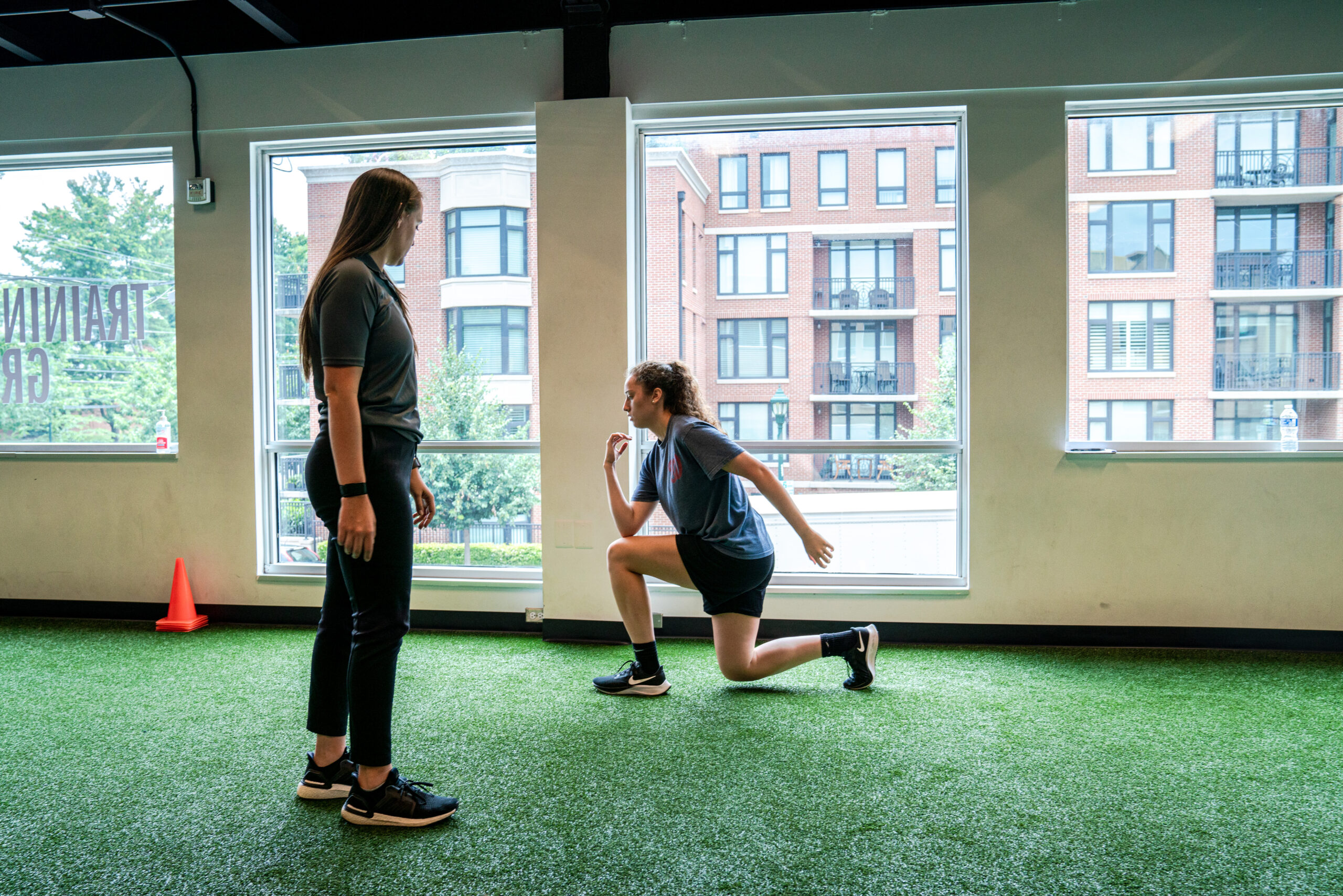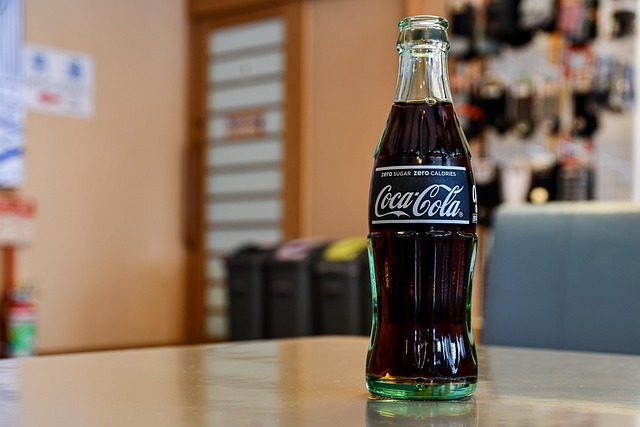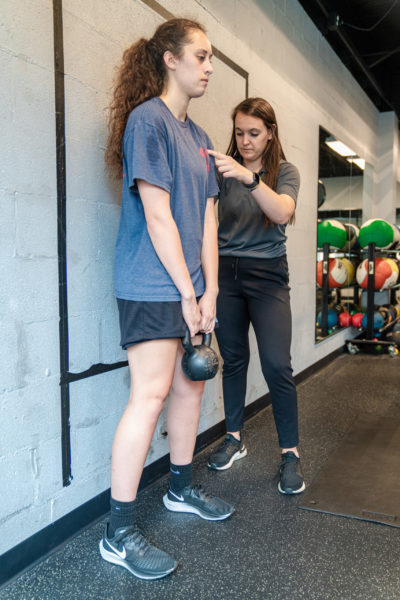Do you remember the last time that you caught a cold, the flu, or had Covid? If you are like me, you build a mountain of dirty tissues to keep your snot under control. Meanwhile, the little bug causing it runs around your body, creating chaos.
The pain you feel when exercising is a lot like your runny nose. Pain is a symptom of a larger issue and the key to finally fixing it is to correct that root cause.
Unfortunately, I find that most athletic physical therapy treatment for focuses on the symptoms, rather than the reasons the symptoms started in the first place. We wouldn’t blow our nose all day without taking medicine to kill the bug causing it, would we?!
At Cohen Health and Performance, the goal of every patient’s first performance physical therapy appointment at our Bethesda or McLean location is to discover the root cause of their symptoms. Once this has been identified, our physical therapists create a rehabilitation plan that is customized for every person that we see. Every person is different, with different reasons for an injury and different goals. If your physical therapist has a cookie cutter plan that they use for every patient with low back pain, for example, find another physical therapist!
How do you know if your physical therapy plan is a good one?
The end goals of the rehabilitation plan should be YOUR goals, not the goals of the physical therapist. The physical therapist should clearly describe how your plan is going to get you back to the activities that are most important to you, not what the insurance company wants to see.
For example, we help many runners overcome injury. Their first physical therapy appointment includes a running analysis if they are able to do so. Their rehabilitation plan then includes drills that will help them get back running ASAP. Below is an example of an exercise that we may give a runner with knee pain to prepare them for the stress of their training.
It is easy for physical therapy to become focused on outcomes that insurance companies want to see because that is what is required to get paid. This is why we advise our patients to look for a physical therapy clinic that works for their patients, not insurance companies!






